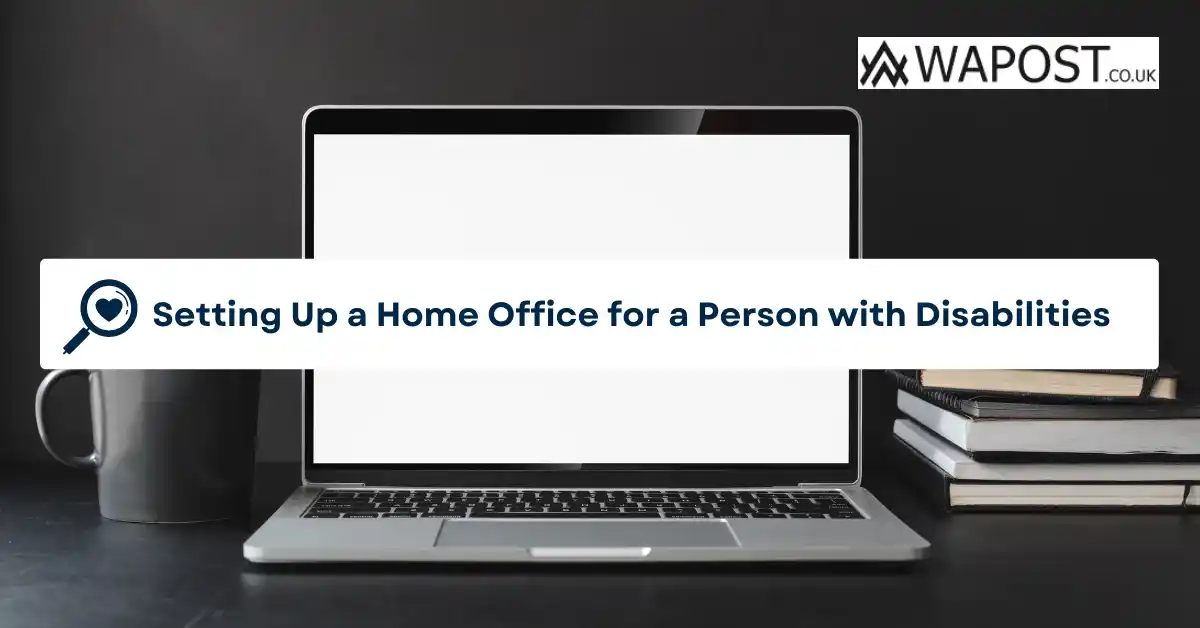Setting Up a Home Office for a Person with Disabilities
Disabled people are normally lumped into one group, whereas individuals have different disabilities, such as blindness, deafness, and physical mobility disabilities. When setting up your home office, make sure that it accommodates your needs and comfort. Here are some suggestions on how to set up a home office for people with physical mobility disabilities and those with mental conditions.
Disabilities That Affect Mobility
Take advantage of natural lighting so that you can move around easily in your office. If there isn’t enough sunlight coming in, you will have to use lightbulbs. It is better if these are affixed to the ceiling rather than standing on the floor so that they do not reduce your floor space or have to maneuver around obstacles.
Your desk area is important. Ideally, you should have a desk that is high enough for your wheelchair to be pulled up under it. Try to avoid sitting with your back to a window as this may create a glare on your screen. An office chair must be adjustable. If you see clients at home, look for modular furniture as it is more practical, takes up less space, and you can move segments around. Alternatively, put in a round table that is the right height for you and receive visitors at the table.
A desktop computer or the right Lenovo Home Office Laptop is an essential item. Position it so that you are not straining forward to read the screen. Ensure that items you need to access frequently are within your easy reach with low shelves. Remove cabinet doors if they are in your way.
Examine your office for health and safety hazards, such as wires snaking across the floor. Rugs somehow never stay in place and can be dangerous. Get handrails and grab bars installed where needed, so that you can get in and out of your chair.
Preparing an Office for Yourself If You Suffer from Mental Illness
The colour scheme you choose for your office can have quite a significant effect on your mood. For example, bold colors can overstimulate the person who has autism, so choose soft and restful hues. Depression and anxiety are often soothed by subdued green, blue, or yellow. There are always exceptions to the rule so test your chosen color by having only one wall painted and live with it for a week before deciding if it is right for you.
Natural light is normally the most beneficial for most people, including those with mood disorders. Light therapy has some good reviews for fluctuating or extreme moods. Avoid too much unnatural lighting, and if the sunlight bothers you, keep the curtains closed and make use of soft lamps. Sensory overload can occur if there is too much light, sound, or other distractions. Get other members of the household to respect your working hours and not disrupt your day with sound. Blackout curtains are good for keeping out light and sound.
Home Offices for the Sight and Hearing Impaired
Use the advice already given for disabled people with mobility issues so that there are no hazards to bump into or trip over. Have items you need placed within easy access and make sure that the cleaner does not shift things around. If you have a helper dog, there should always be fresh water available.
Anyone setting up their home office can benefit from some of these tips, regardless of their disability.







